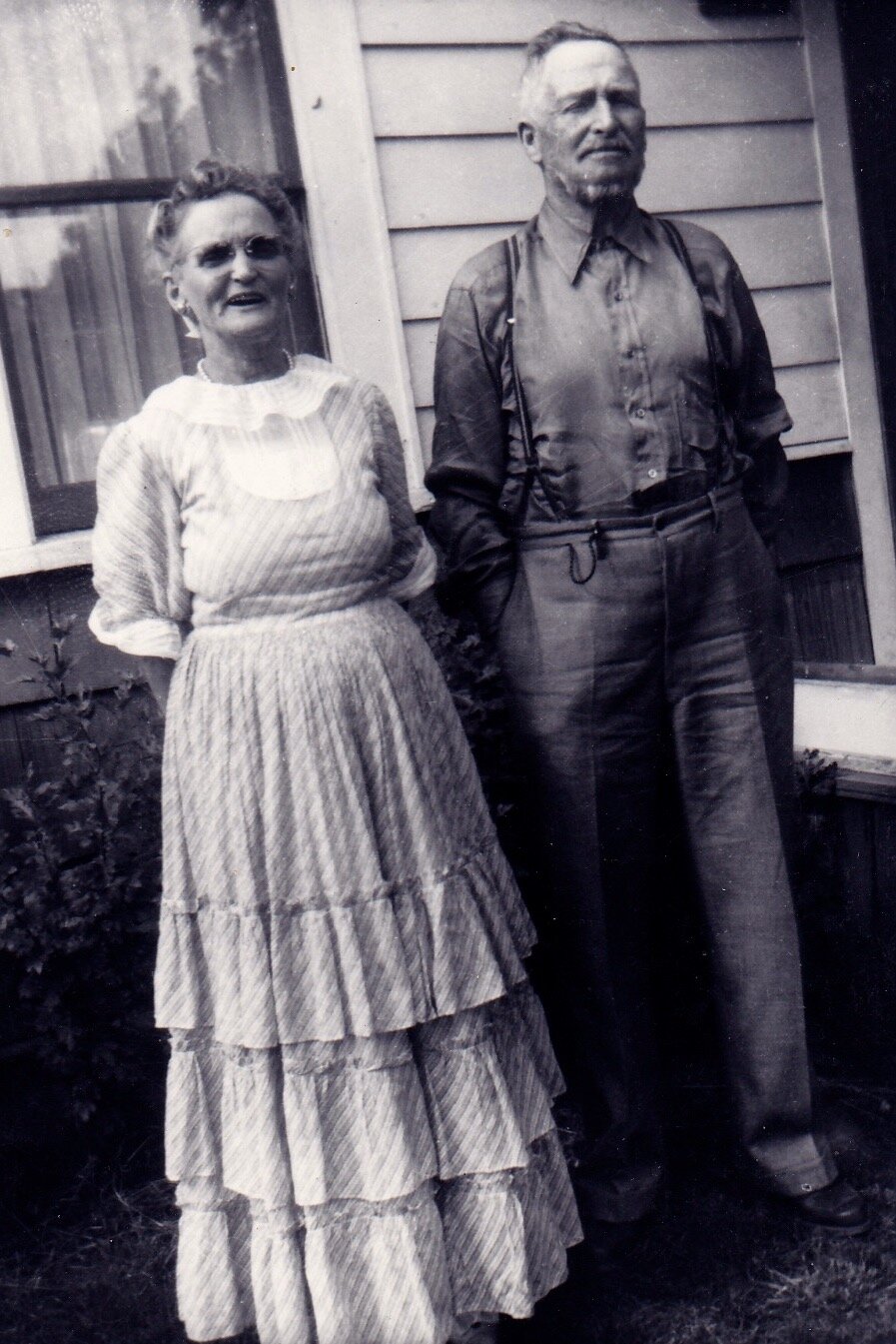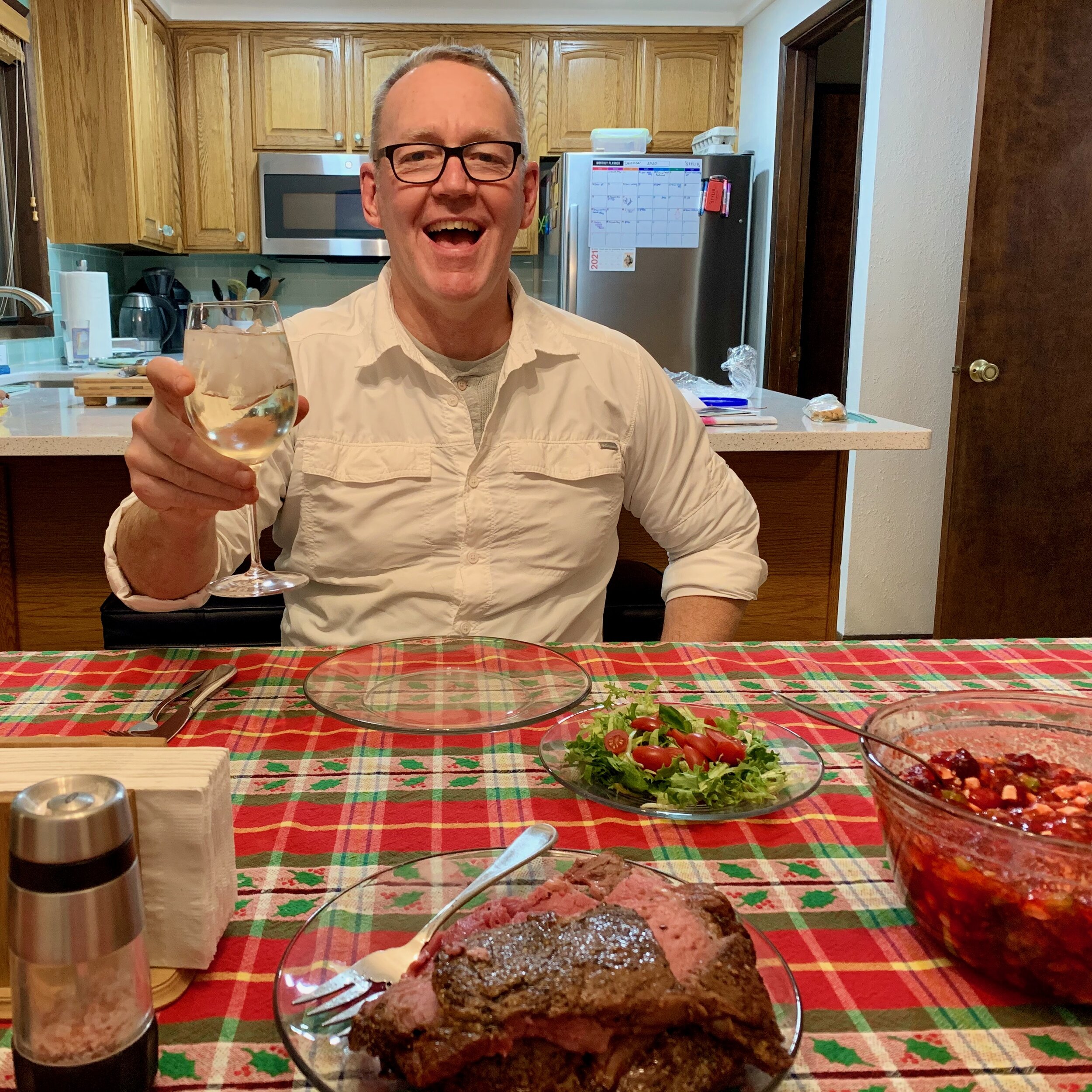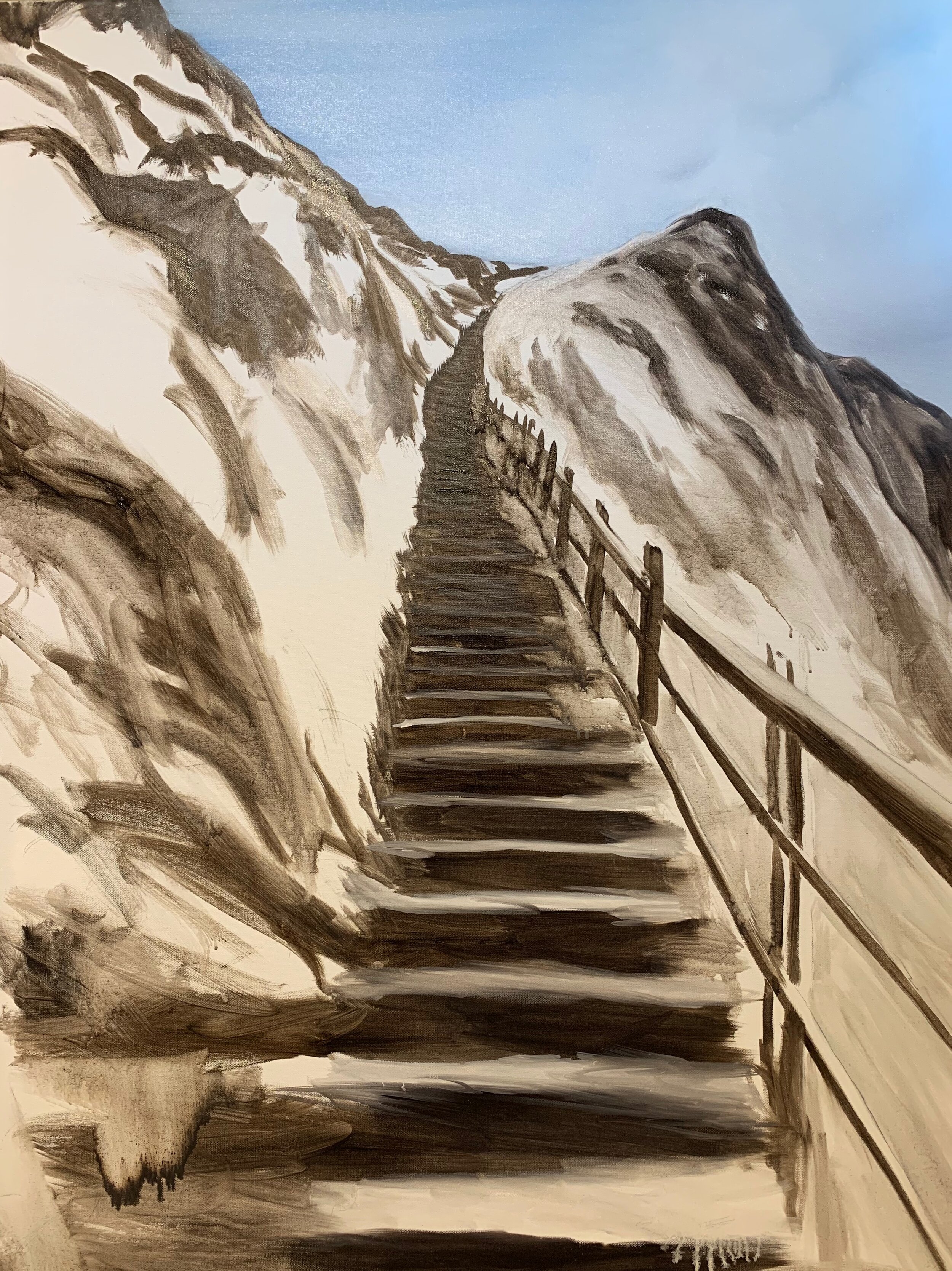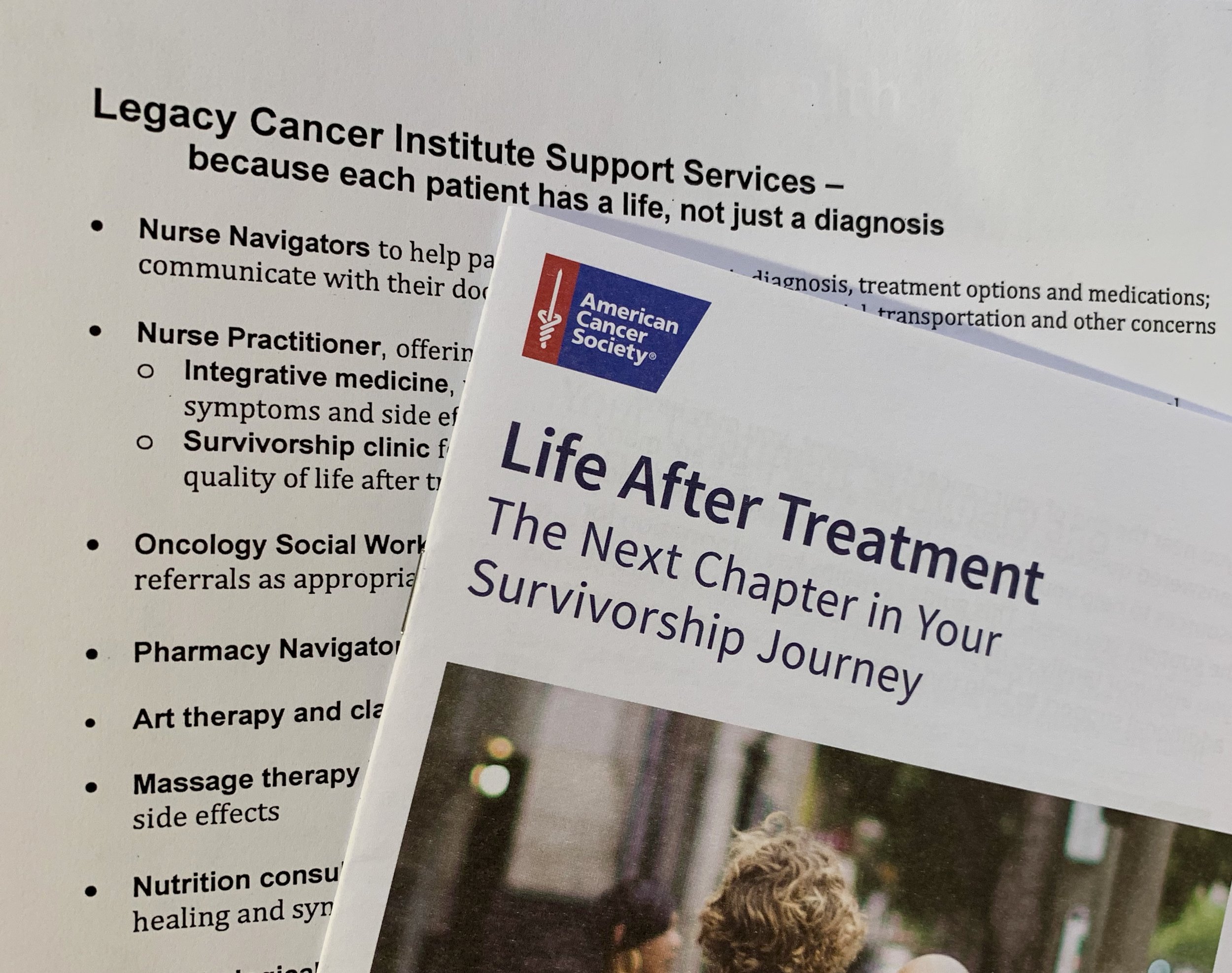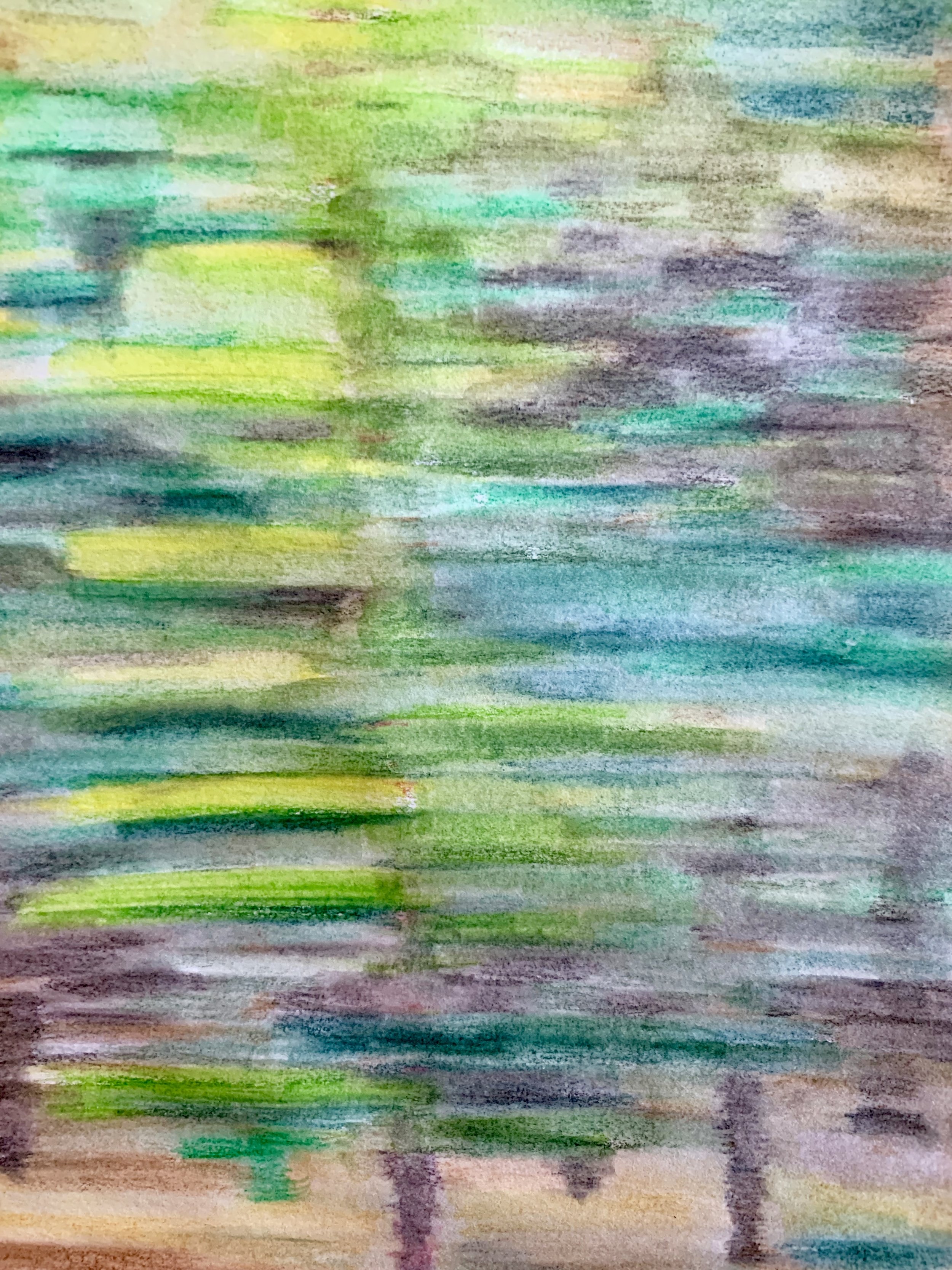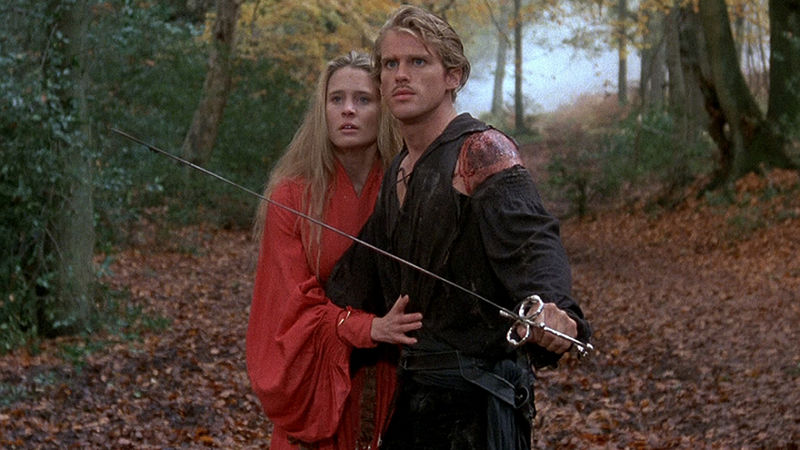Living in Fire Season in the Global Warming Years
Our house is surrounded by the Deschutes National Forest. On a map of the forest lands around us, you can see the little cutout that includes our neighborhood. Ten months out of the year this is a good thing. It’s a great thing. It’s the reason we live here. It’s beautiful here.
The Deschutes National Forest is not the kind of forest that you think of when you think “forest.” There are plenty of big, tall, straight green Ponderosa Pine, like in our yard. But there is also plenty of scrubby twisty blue-green juniper and sage - pitchy, aromatic plants. They smell terrific. Oregonians know and look forward to that smell when they head east from the Douglas Firs and deciduous trees of the valley, crest the Cascade Mountains and drive through the Ponderosas. They know the next breath is going to be full of juniper and sage. That distinctive juniper-sage aroma comes from volatile oils in their skins and woody flesh that make them, well, volatile.
They are also well suited for this climate, where you never know when your next drink of rainwater is going to come. Junipers dig deep under the ground with their roots and suck up water at a rate of up to ten gallons a day. Sage is well built for this climate with tiny leaves so as not to waste water through transpiration. This desert sage can be an ugly plant with lots of dead limbs that it has given up on in exchange for new growth, leaving half the plant looking half spooky and lifeless. It’s all part of its plan to survive through the long, rainless months of summer here.
The blue-green in this impression of Fort Rock a couple hours east of here is sagebrush.
Unfortunately they are built to survive the summers as they used to be. Now the summers are longer and the winters are so much dryer. They just never get a chance to feast after their famine any more. So it takes only one little spark to make them burn. And burn. Of course, all the many microclimates in Oregon have been effected by these new dry winters and all of them are burning. But I turn my attention to our junipers and sages because that is what we are surrounded with. And that is what is burning a few miles from our house.
The Grandview Fire started on Sunday. I think when I first heard about it it was only a few hundred acres but by Sunday evening it had grown to 2,000 acres. The smoke column coming off of it was impressive for such a modest fire, and the attention it was getting was also impressive for its size. The attention was due to its position close to several housing subdivisions and so close to the town of Sisters. In fact, it was so close to structures that the evacuations began on Sunday. Our neighbors only a mile or so up Indian Ford Road and Wilt Road were being asked to leave. Our neighborhood was put under a Level 1 Evacuation Level, which is call “Be Ready.” Be Ready to skedaddle.
Get Set to Skedaddle
All of this was disconcerting I suppose. I wasn’t too worried. There seemed to be lots of space between the fire and me. There were firetrucks heading up Indian Ford Road pretty much all the time now and tanker planes full of fire retardant and tanker trucks full of water heading that way too. Those are all good signs, right? It’s fiiiiine.
The Grandview Fire in all its photographic glory.
Drew thought about staying home from his long-planned moto/fishing excursion with his friends, but he was the only one who knew how to fish and his buddies were counting on him, so on Monday morning as it looked like they were throwing everything they had at this little fire, Drew packed up and headed across the state to bike and fish with his buddies.
I see sage, I see juniper, I see Ponderosa. Hot.
The fire grew to 4,000 acres on Monday and I started to feel a little uneasy. They also changed our evacuation level to Level 2. There are three levels: Level 1 (Be Ready); Level 2 (Be Set); and Level 3 (Go). I’m not sure what the practical difference between Level 1 and Level 2 are. Do you pack up the valuables in Level 1 and your clothes in Level 2? Do you plan for pet care in Level 1 and decide whether to take the old, obnoxious cat in Level 2? What about house plants? I thought about losing all my artworks and, frankly, I was undisturbed about that and imagined starting from scratch. It felt pretty good. A clean slate. I checked the evacuation map and incident reporting site every hour even though I knew they only updated everything twice a day.
A guy came over to fix our fridge which has been broken since June. He didn’t fix it but he did order some parts. I had to pay for the parts. I wondered whether we would still have a refrigerator when the parts came in.
The fire grew to 5,000 acres on Tuesday. I still didn’t have anything ready or set. Nothing packed, nothing even listed as a must-have.
Yikes.
They say critters know when the earthly poop is about to hit the earthly fan, such as an earthquake or storm. I found a frog in my kitchen, hiding in my orchid plant. Was he trying to find safety from the impending firestorm? I found an enormous 1 1/2 inch beetle on his back with a pine needle stuck in his mandibles. What does this mean? It made for a bizarre scene on my deck. Is he eating the pine needle like a stiff piece of spaghetti? Did a rival insect stab him with it? He doesn’t look particularly nimble on his back like that. I need more facts. I turned to the Facebook hive mind and found out that (a) it was a Polyphylla decemlineata (ten-lined June beetle), (b) adult June beetles in the wild will feed on needles from conifer trees, taking one long needle into their mouths and nibbling it from end to end, and (c) it’s quite difficult to type a “c” in parentheses without it turning into a copyright symbol. I don’t think the beetle was a harbinger of anything except possibly a beetle larvae infestation in a nearby tree root, but that was a long-term issue, not a fast-growing wildfire of an issue.
Oh, Polyphylla decemlineata (ten-lined June beetle), easy on that needle.
I get a new alert on my phone. There’s a “Fire Weather Warning” in effect. That sounds ominous. After reading all the all-caps warning, it appears there is a pretty hefty wind event expected on Wednesday afternoon with speeds between 10 and 20 miles per hour with gusts up to 25. Bad news for firefighters. Winds will be out of the west. Good news for me. West winds will blow the fire directly away from me.
The fire command takes this warning seriously and doubles and triples the resources directed to this fire. They really hammer on it all Tuesday afternoon into Wednesday morning before the wind is to pick up. Then the wind picks up.
And it works! The fire lines pretty much hold tight. Drew is back home and the fire has behaved more politely. Today, Friday, the fire has the same footprint it had on Tuesday and the mopping up has begun. Of course the mop-up is hot, backbreaking work and can fail at the slightest blown ember, but let’s just say the worst is behind us. This time.
It’s only mid-July. Fire season used to start in September. Last year the huge Oregon conflagration, wiping a million acres and several towns off the map, began in August over the Labor Day weekend. This year, our Grandview Fire, the LaPine Darlene Fire, the Umpqua area Jack Fire and the huge 200,000-acre Bootleg Fire are just some of the fires burning in Oregon in July. The worst of this fire season may be ahead of us.
This is not a weird one-off. This is the new climate we live in. The old climate is not coming back. The only thing we can really do at this point in our ruination of the earth as we know it is slow the damage. And I use the term “the earth as we know it” because the earth does not care. The earth doesn’t need these trees. It doesn’t need ice caps. It doesn’t need rain. We do. And some other animals inhabiting this or that habitat do. But the earth will keep spinning whether humans infest its surface or not.
So if we humans like living here, we might want to find a new way to do so that doesn’t effect the only human-sustaining atmosphere we know. We know how. It’s just that the work required does not enrich the people who have the power over our lives right now. No, not the politicians, the people with the real power - the ultra-rich corporations and corporate leaders.
I feel like there are two ways to move toward sound climate goals: either we allow the powerful people to make the money from carbon-free energy so that they will get behind it and push, or we all have to get behind some new, better people who can and will make clean energy and push. Either way, we need to take enough power back to see that the switch is made. That’s all the wisdom I have today.
Today, my trees are still here. My dogs are still here. My old obnoxious cat is still here. And we are still here. Just do NOT make a spark.









